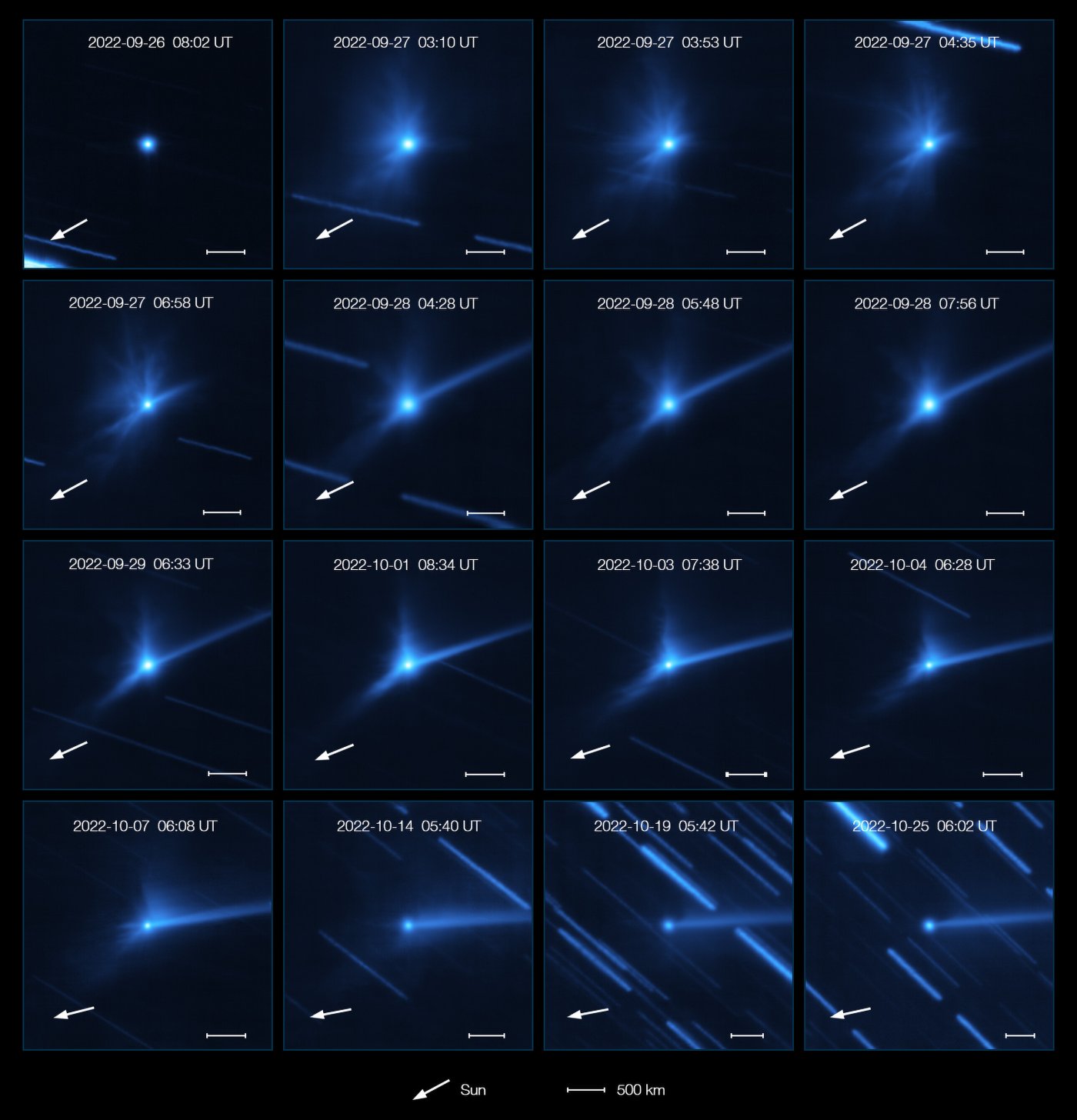
DART changed the direction of asteroids in space
This week, the results of NASA's Double Asteroid Redirection Test (DART) were published as a cover story in Nature. Astrophysicist, Professor Uffe Gråe Jørgensen from the Niels Bohr Institute has participated in the calculations of the results and is very satisfied. The DART experiment consisted of sending a satellite on an 11 million km long journey through space to hit an asteroid that is in orbit around a larger asteroid.
The experiment was observed from the Danish telescope in Chile, and showed that it is possible to push an asteroid so that it comes out of a collision course with the Earth.
Professor Uffe Gråe Jørgensen tells Science Journalist Jens Degett how big the problem with free-flying asteroids is (see video below) and what we can do about it (in Danish). Among other things, a telescope that can monitor meteorite trajectories in the northern hemisphere is missing. Such a thing would be able to significantly increase our planet's preparedness.
Follow Science Stories on: Apple Podcast, SoundCloud, Spotify, Spreaker, Google Podcasts, Podimo, Twitter and Instagram.
The podcast is part of our project Danish Space Research supported by Otto Mønsteds Foundation and Thomas B. Thriges Foundation.
More information on the topic:
- Orbital period change of Dimorphos due to the DART kinetic impact. Nature 616, 448–451 (2023).
- All Known Asteroids in the Solar System (1999-2018). NASA Jet Propulsion Laboratory.